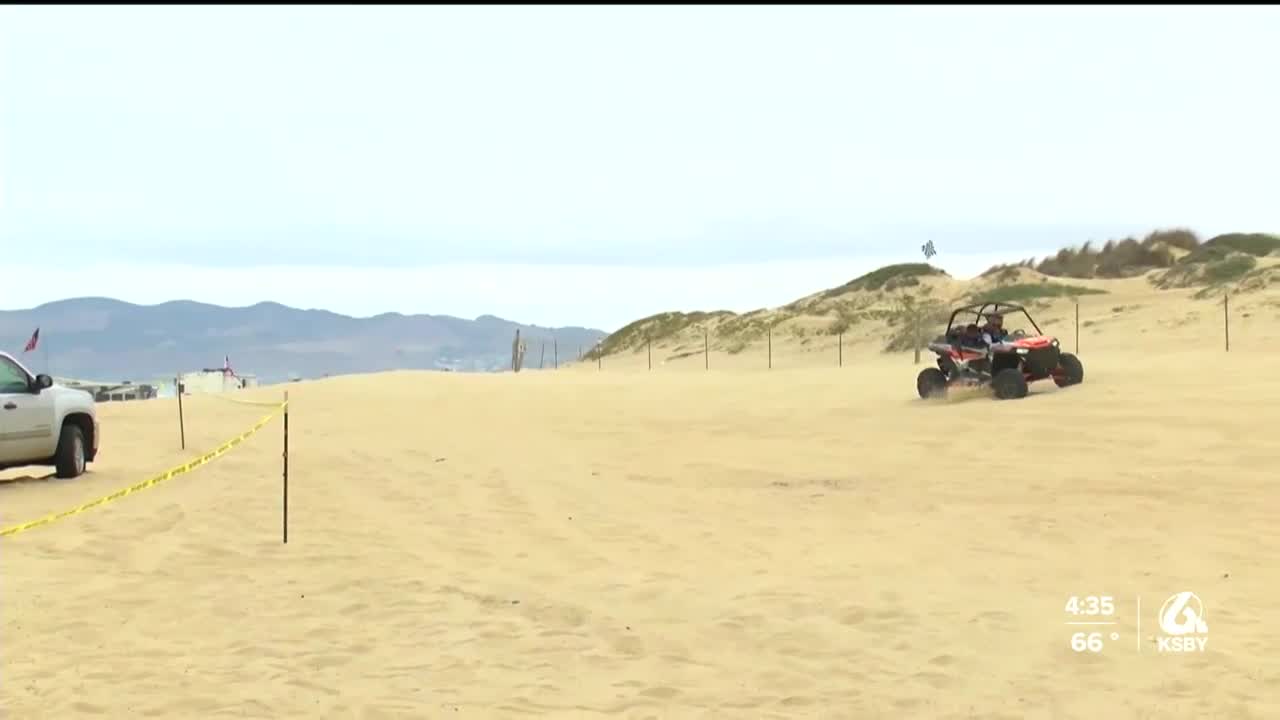New data shows air quality improved for the Nipomo Mesa this year, but how much of that success can be attributed to the lack of vehicles at the Oceano Dunes?
The short answer is that it’s unclear and more research needs to be done to determine those impacts, but experts with the San Luis Obispo County Air Pollution Control District say they have found success with dust mitigation efforts put into place in January.
Since the Oceano Dunes State Vehicular Recreation Area (SVRA) has been closed to vehicles since March, the beginning of the pandemic, some nearby residents say they’ve noticed less noise more so than less air pollution.
"It’s been a nice change not hearing the constant revving of the motors and engines,” said Janine Butler, who lives just north of the Nipomo Mesa. “The other issue that is important to us, besides the noise factor, is that we have seen less dust blowing around.”
New data collected by the (APCD) shows that January’s dust mitigation efforts, such as vegetated foredunes, wind fencing, and planting, have already made a difference.
“In 2020, we increased the mitigation substantially with the foredunes, and even with that high spring wind, you can see the number of hours, the number of hours above 300 micrograms per metric cube,” said Gary Willey, APCD Officer. “That is the real win for air quality."
Willey said it's hard to tell how much of that success can be attributed to a lack of riders.
“We won't know what the impact way down of not riding on the back dunes because when the foredunes come along, that's only 58 acres of that whole 1,500-acre park,” Willey said. “It's a critical 58 acres, but there's a whole lot of other sand out there."
A California State Parks study done a few years ago found sand that is never ridden upon is five to eight times less emissive than sand that is ridden upon, but it's unclear how long it takes to revert back to that state.
Willey says Mother Nature takes time and researchers need to collect data from more weather events such as high winds in the spring.
“We need a bunch of them, not just one or two of these events, we need a repeated amount to get a statistically significant result,” he said.
The highest dust peaks usually come from the monitoring station off Highway 1 and Willow Rd., an area experts hope to continue improving.
Willey says he is hopeful that there will be less sand movement as the foredunes build height and shape even when off-road vehicles return to the beach.
The APCD Hearing Board meets at 9 a.m. Friday to discuss the dust mitigation measures put into place this year, their effectiveness, and also plans for the future.
Click here for a preview of the meeting’s agenda and how to live stream the meeting.



